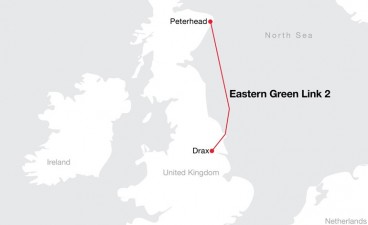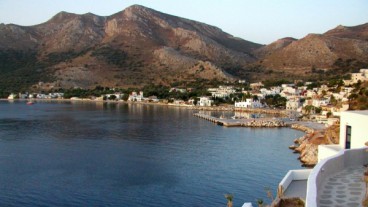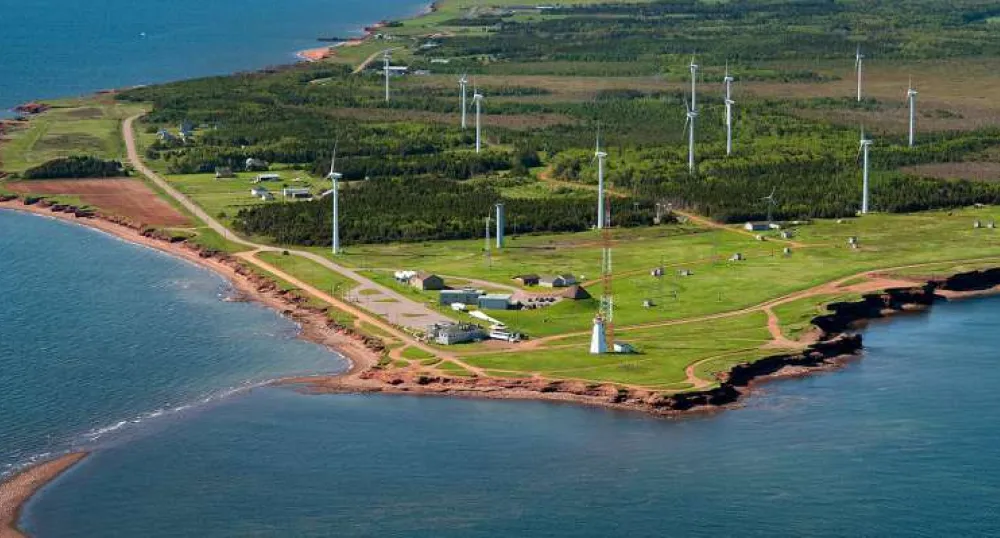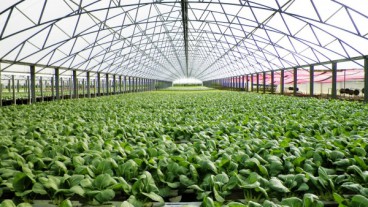Powering the Future: £3.4 Billion Subsea Power Cable to Connect Scotland and England


Sources: edie.net, energylivenews.com, easterngreenlink2
Want to read more like this story?

Largest electricity transmission project in UK’s history receives provisional approval
Mar, 27, 2024 | NewsOfgem, the UK energy market regulator, gave provisional regulatory approval on March 27, 2024, for...

UK and Belgium power cable in operation
Jan, 31, 2019 | NewsA 1000MW submarine power cable that interconnects Belgium and UK began operating on January, 31, 201...
Scotland’s largest offshore wind farm: first power generation was announced
Aug, 26, 2022 | NewsSSE Renewables, and its partner Total Energies have announced first power generation from the Seagr...

India and Saudi Arabia sign agreement to connect their power grids through subsea cables
Sep, 11, 2023 | NewsIndia and Saudi Arabia signed an agreement on Monday, September 11, to connect their power grids vi...

World’s largest renewable energy project is being developed in India
Mar, 22, 2024 | NewsThe world’s largest renewable energy project is being developed in India, which when ready will fea...

A Chinese tidal energy project qualifies as ‘world record’
Jun, 29, 2018 | NewsThe country’s first tidal energy demo project completed one year of operation The country&r...

Tilos, a small Greek island wins the EU Sustainable Energy Awards 2017
Jul, 04, 2017 | NewsAn innovative project based on renewable energy technologies will make the island energy independent...

Prince Edward Island (PEI) unveils 10-year energy strategy to grow on-island renewables and achieve net-zero by 2040
Nov, 10, 2025 | NewsThe province of Prince Edward Island (PEI) has released a comprehensive 10-year energy strategy cov...
Mega dam: Kenya, UK agree deal for Sh425 billion
Nov, 18, 2022 | NewsA new multipurpose dam to be built in Kitui and Tharaka Nithi counties will cost Sh425 billion foll...
Trending

Vertical gardens in Mexico City to combat pollution

Characteristics of Load Bearing Masonry Construction

Taipei 101’s impressive tuned mass damper

Dutch greenhouses have revolutionized modern farming

The Line at Neom faces feasibility reassessment while construction continues

The Line at Neom faces feasibility reassessment while construction continues

King Salman Gate unveiled adjacent to Mecca’s Grand Mosque

